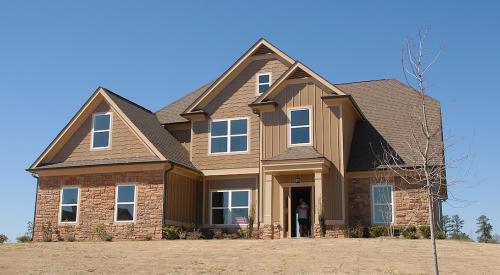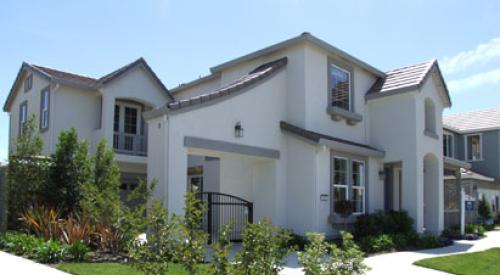The nation’s supply of low-cost rentals decreased in every single state over the last decade, leaving lower- and middle-income renters with 3.9 million fewer affordable units, according to Harvard’s Joint Center for Housing Studies. Rent increases and high-end new construction have driven up the number of higher-cost units, but those same rent increases, paired with building condemnations and demolitions, have resulted in a widening shortage of low-cost rentals.
Between 2011 and 2021, the number of units with contract rents below $600 (the maximum amount affordable to households who make $24,000 annually) fell from 11.9 million to 8.0 million, while the number of units renting for $1,400 or more increased by 7.8 million, to 14.5 million units.
Many of the states with the largest declines in low-rent units were previously more affordable places in the South that have seen increasing rental demand in recent years. Texas had the largest decline of any state, losing 512,000 units with rents below $600, which was half of its low-rent stock (Figure 2). These losses came amid significant gains at the high end, including 742,000 units renting for $1,400 or more. Other states with particularly large declines in low-rent units included North Carolina (202,000 units), Georgia (159,000 units), and Tennessee (129,000 units), each of which had among the largest growth in the number of renter households of any states in the last decade, and at the same time gained large numbers of higher-rent units.













